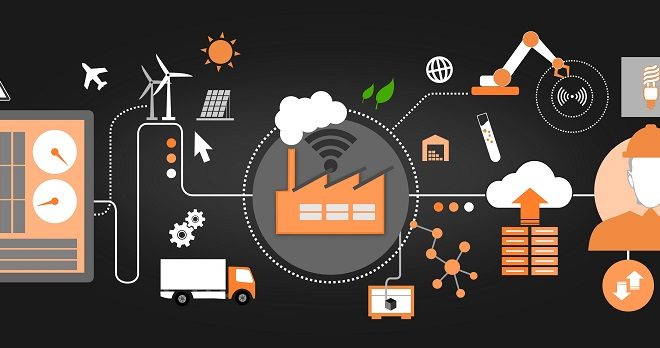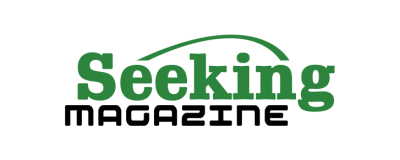Improving Quality Initiatives Through Novel Technology Uses

Quality improvement initiatives rely on accurate data collected as close to real-time as possible. Electronic health records and other technologies make gathering and reporting easier than ever. Collection of pertinent data increases when novel systems are introduced into existing healthcare workflows.
Quality and Charge Capture
Getting paid is essential for services is essential for any medical practice. This required activity can aid in quality improvement processes by serving as another point from which to gather system data. In fact, Boston Children’s Hospital has integrated quality surveys in its charge capture software with the help of clinicians. This has improved not only the quantity of data available but also the quality of data. Clinicians are actively engaged in using and improving the quality surveys, leading to the continued success of the program.
Readiness and Change Competencies
Guidelines, formularies, and procedures are constantly changing in the healthcare environment. Keeping clinicians and other health care providers up to date is an onerous task that usually falls into some form of online education and competency evaluation. This tool can be further utilized to drive quality improvement projects by educating providers not only on broad scope clinical guideline changes but also system-specific clinical variances. Using online education and competency assessments to showcase current quality initiatives increased provider engagement, improving overall results.
Discharge and Medication Therapy Management
Workflows to get patients efficiently discharged from the hospital have typically fallen on physicians and nursing. Introducing pharmacists into the discharge process can improve patient outcomes. Utilizing the electronic health record to create hard stops in the discharge process ensures the new workflow is followed. Reporting generated from discharge medication reconciliation can then be used to drive future quality projects.
The landscape of healthcare is constantly changing. Finding novel ways to use current systems to increase data collection will help health systems test and prioritize projects for quality improvement. However, without provider and caregiver support, any data collection method is in danger of being under-utilized.















